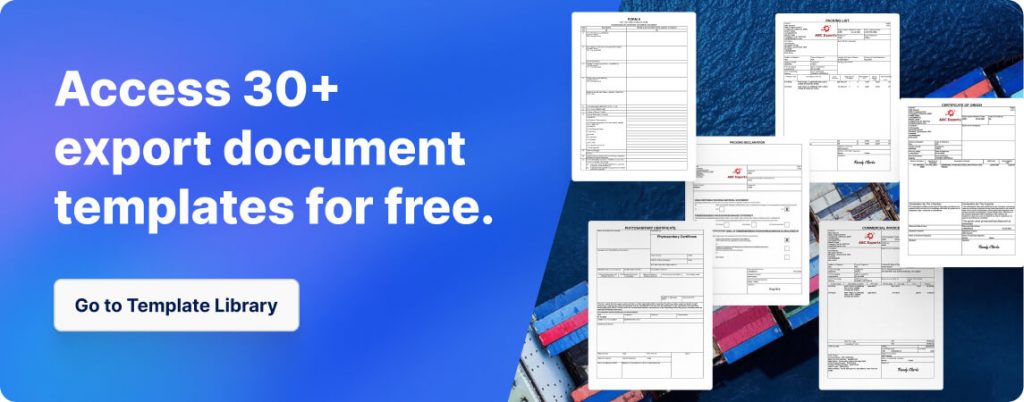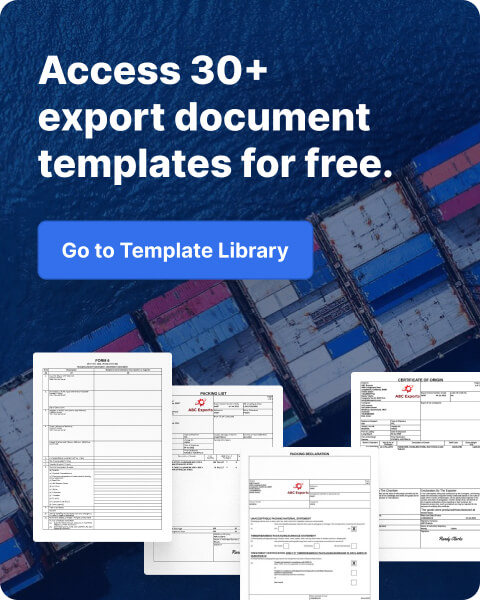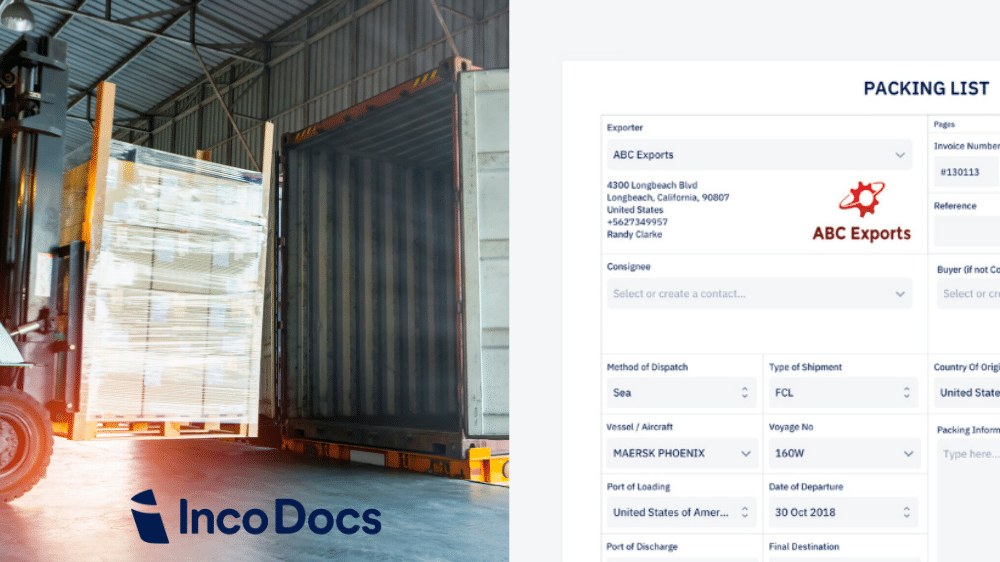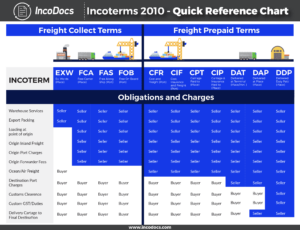What is an Export Packing List Document?
An export packing list is a detailed document that states all of the product and packaging details contained in each shipment. Shippers must create a compliant packing list document to share to freight forwarders, shipping lines, importers and other parties along the supply chain. In this article we show you how to create and download a Packing List template for export.
The freight forwarder, customs broker or other supply chain partners will use the information contained on the packing list document to correctly identify and transport cargo along the supply chain. It will be used by Customs in the country of export or import to understand exactly how shipments are packaged and loaded.
Carriers use the packing list to prepare the Bill of Lading. It helps them figure out how much space the cargo needs and check the weight and dimensions during transit. If there’s ever a dispute about the shipment’s contents or weight, the packing list becomes a key reference between the carrier and the exporter.
A packing list may be required by customs to check compliance and calculate duties. It can also be used by banks for reimbursement under a letter of credit or other payment terms.
There are different ways to create a packing list template, depending on the type of shipment and how the goods have been packaged.
How to create Packing List Documents for Export Shipments
Note that there are many different ways that a Packing List document can be created. The correct format depends on the type of products that have been shipped, how they have been packaged together and loaded for shipment and the method of shipment. Below are examples of Packing List document templates to create for export shipments.
How to create a Packing List for FCL, LCL and airfreight shipments
This packing list template allows you to detail how multiple products and packages are mixed together inside shipments. This can be used for FCL, LCL and airfreight shipments and allows you to group together products into packages however they have been packaged together, i.e. mixed cartons, mixed pallets etc.
How to create a Packing List for multiple container shipments
This packing list template allows you to add multiple container numbers, seal numbers and description of goods when multiple containers are shipped together in the same shipment. It is commonly used for commodity shipments when 1 or more full containers of product are shipped.
What information is included on a Packing List template?
As mentioned above, it’s important that exporters include all information on the Packing List template to avoid having issues or delays when transporting the goods through customs. Shippers use IncoDocs to create and download their Packing List and Commercial Invoice templates online.
We’ve split the Packing List into sections to make it easy to understand where relevant fields and information is required. Starting at the top left is the details of the Exporter of the goods.
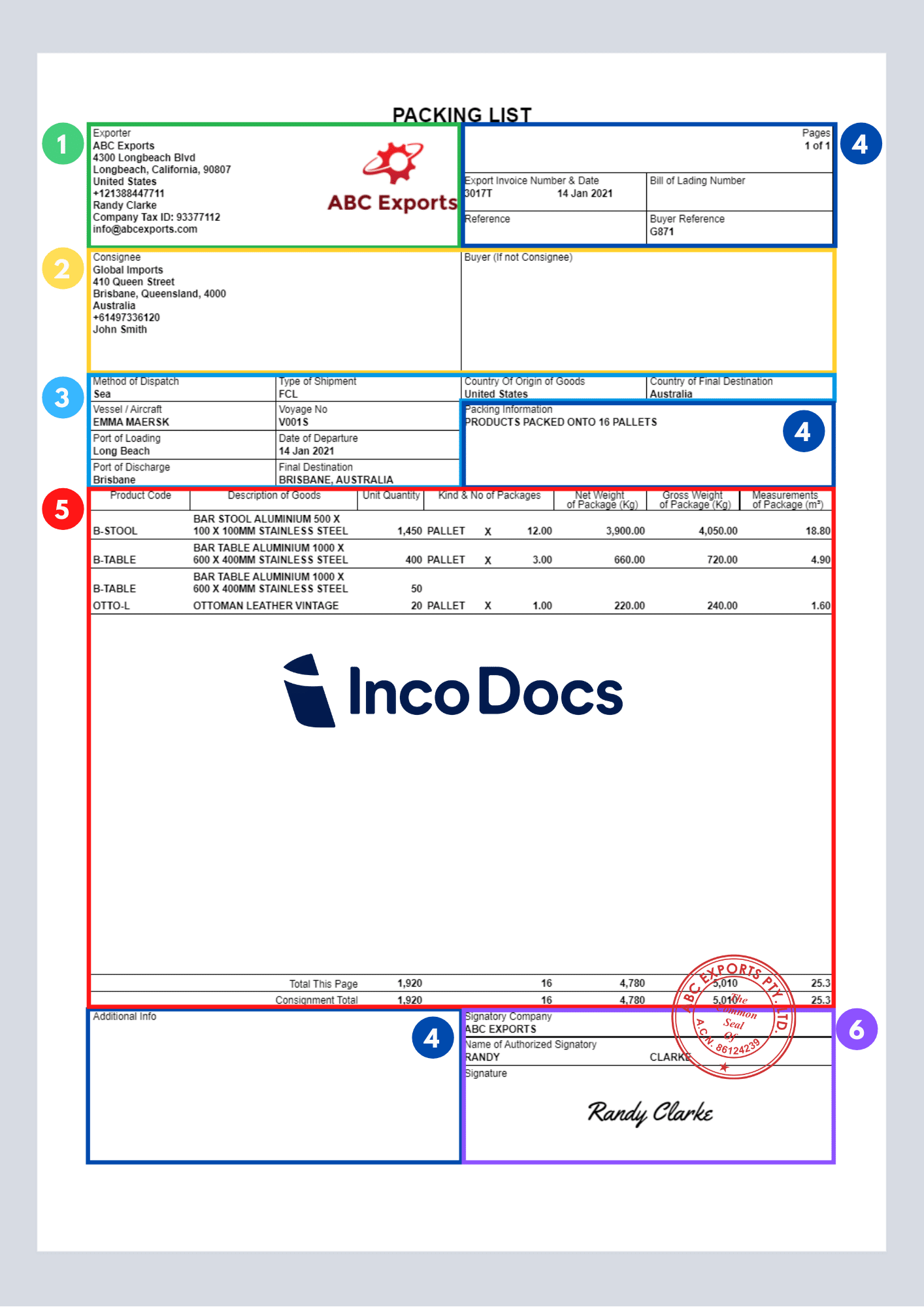
1 – Exporter’s Details
This includes basic company contact information including company name, logo, address, phone numbers and personal contact details. Note that you can add any additional information or company registration numbers here.
2 – Consignee & Buyer (if not Consignee)
This includes basic company contact information including company name, address, phone numbers and personal contact details.
3 – Shipping Details
Important shipping and logistics details are included to help the consignee, logistics companies and customs brokers to correctly arrange the transportation, customs clearance and final delivery of goods. Shipping details include:
- Method of Dispatch – Road, Rail, Air or Sea Freight
- Type of shipment – FCL, LCL, Breakbulk or other
- Country of Origin
- Country of Final Destination (where the goods are delivered through to final address)
- Vessel / Aircraft Name
- Voyage No.
- Port of Loading (POL)
- Date of Departure
- Port of Discharge (POD)
- Final Destination (Country)
4 – Reference Numbers & Additional Information
These sections includes reference numbers, dates and additional information:
- Export Invoice number
- Date
- Bill of Lading Number (if known)
- Buyer reference number (usually the buyer’s Purchase Order number)
- Additional Reference (if needed)
- Packing Information
- Additional Information (any delivery notes or additional details etc)
5 – Product and Packaging Details
The exporter must include details of exactly how the products have been packaged, whether in boxes, pallets, or other containers, along with the dimensions of each package, and how they are loaded inside the shipment. As mentioned, above packing lists can be created in many different ways, depending on the way goods have been packaged and the type of shipment. Below are the details of the packing information to include in the main section of the Packing List template. This includes important information such as:
- Product Code (unique product reference number)
- Description of goods
- Unit Quantity (Number of products)
- Kind & Number of Packages. For example “Pallet x 12”. Note that the packing list template in IncoDocs allows you to add multiple products into 1 package.
- Net Weight of Package (kg)
- Gross Weight of Package (kg)
- Measurements of Package (m3)
6 – Authorized Signature
To finalize the document, the shipper can add their signatory details, which also act as a receipt for the goods shipped
- Signatory Company
- Name of Authorized Signatory
- Digital Signature (using IncoDocs, sellers can draw or upload their digital signature)
- Digital Company Stamp (using IncoDocs, sellers can create or upload their digital company stamp or seal)
Other export documentation may be required, depending on the products being shipped and the Country of Origin and Country of Destination.
Below are examples of 4 Packing List templates that are included in IncoDocs
Packing List Simple
This template lists 1 product per line item. It auto-fills and auto-calculates the Net Weight, Gross Weight and Cubic Measurements (m3) fields that are saved against your products, to automatically fill into the packing list.

Packing List Consolidated
This template is used to group multiple products into different packages (commonly used for LCL, airfreight and consolidated shipments).
Packing List Detailed
This template is similar to the ‘Packing List Consolidated’, but also includes the Net Weight (NW) listed per product line.
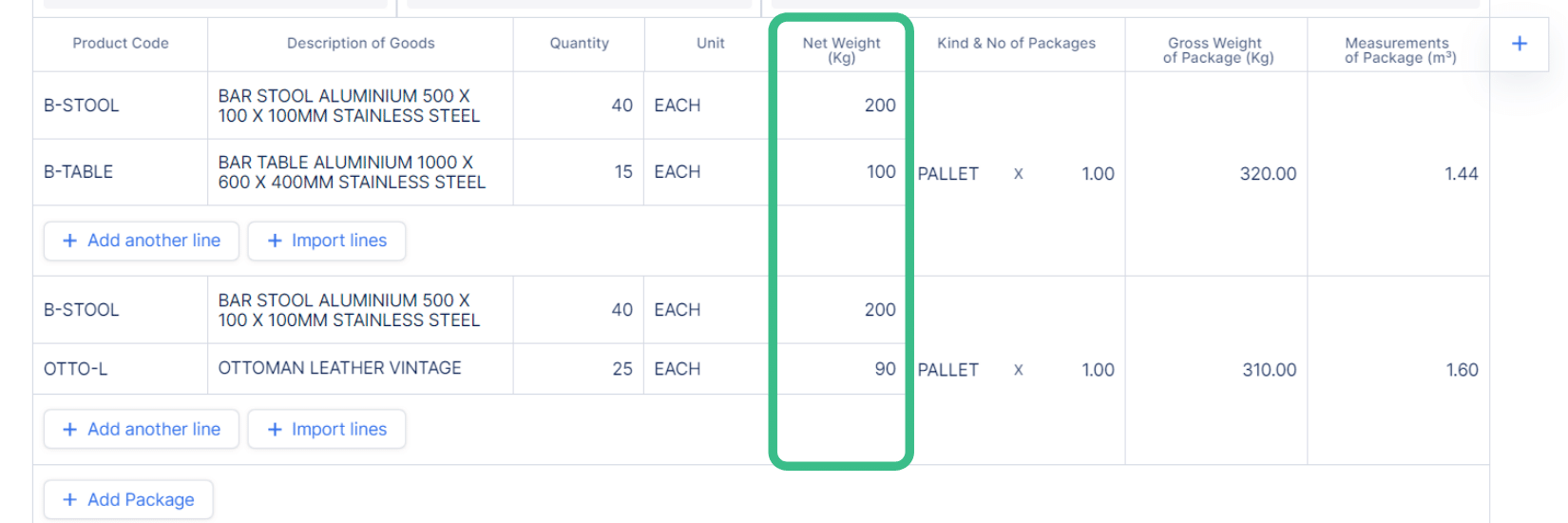
Packing List Container
This template includes container numbers and seal numbers per line item. It is commonly used for commodity shipments when 1 or more full containers of products are shipped.

